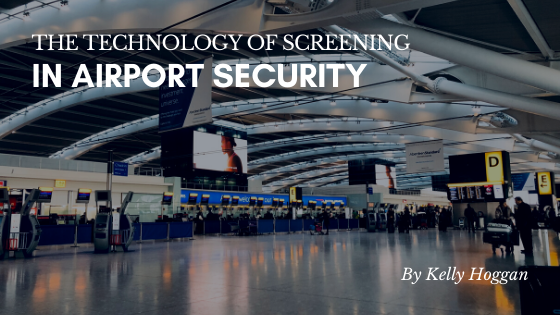Since terrorist activity accelerated in various world countries and on international flights, airports upgraded their security measures dramatically. In addition to scanning luggage, facilities began using full-body scanners to detect weaponry or various types of items deemed prohibited. Today, 172 airports around the world use this technology to keep passengers, planes and flight crews safer.
Ionizing Scanners
Improvements in airport security included ionizing radiation body scanners. The machines were designed to examine luggage, passengers, and flight crew members. The energy produced by the radiation altered the position of electrons in atoms in a process referred to as ionization. Self-contained X-ray machines were used to screen luggage and other carry-on objects to detect internal contents. The walls of the cabinets were specially designed to keep the radiation contained within the thick walls. The devices also featured warning labels and lights to ensure the safety of those who were working with the machines or standing within close proximity.
Backscatter machines effectively detected whether luggage contained explosive devices or weapons. The same technology was used to scan people to reveal if someone was carrying potentially harmful items. However, even though the level of radiation emitted was considered extremely low and harmless, concerns grew about the technology for human use. Thus, more and more facilities began using non-ionizing technology.
Non-ionizing Scanners
The non-ionizing technology replaced the traditional scanners in an attempt to offer a safer means of detection. These machines create pulses of current through wires and other electrical components to produce a magnetic field. Once the device emits the magnetic field, a signal reflects back to the machine and produces an audible noise when metal is passed through the field.
Millimeter-wave machines are another type of technology used in body scanning. The non-ionizing radiation moves atoms in such a way to cause them to vibrate. These machines require less energy to scan luggage, carry-ons or people. The devices emit a radio-frequency signal that reflects back to the machine and creates an image. If the image displayed features one or more suspicious items, TSA agents are then prompted to investigate further.
TSA Statistics
Thanks to the security measures and technology used by the TSA, 3,957 firearms were found in passenger carry-on luggage in 2017. Of these, 3,324 of the weapons were loaded, and one-third of the weapons were ready to fire. Security agents also uncovered grenades, ammunition, suicide vests, projectiles, and other types of incendiary devices. The use of scanning technology enables security personnel to keep passengers, crew members, and infrastructure safe and secure.


